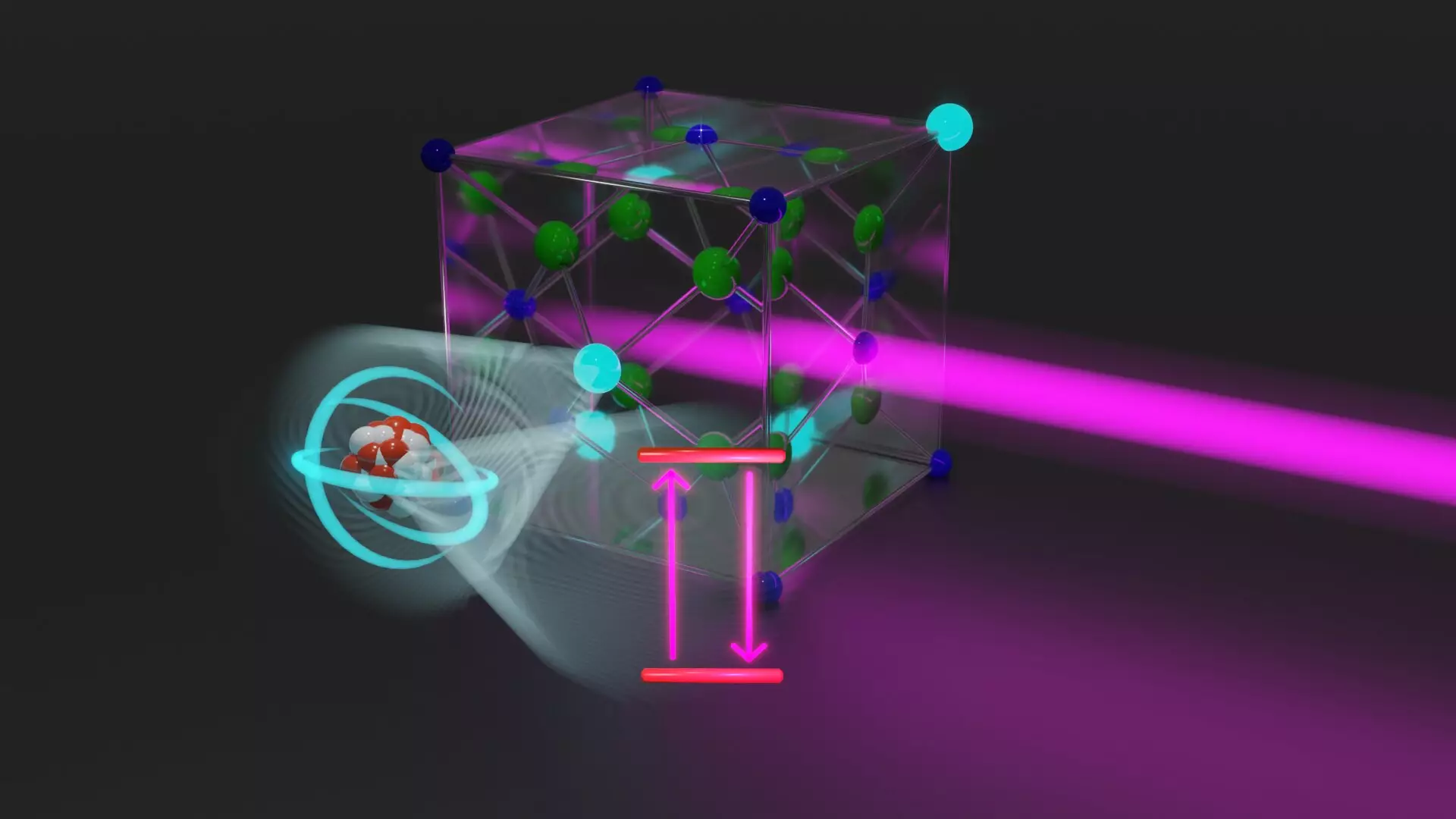Physicists worldwide have long-awaited a significant breakthrough in the field of quantum physics, and now it seems like their hopes have come true. After years of extensive research, a team of scientists has successfully discovered the thorium transition, a specific state of thorium atomic nuclei with promising revolutionary technological applications. This breakthrough opens up possibilities for the development of a nuclear clock that could measure time more accurately than our current atomic clocks.
For the first time, this discovery allows the merging of classical quantum physics and nuclear physics, two fields that have historically had limited interaction with each other. This achievement was made possible by using lasers to transfer an atomic nucleus into a higher energy state, followed by meticulously tracking its return to its original state. The key to this success was the development of specialized thorium-containing crystals that enabled the manipulation of atomic nuclei.
The ability to manipulate atomic nuclei with lasers presents a significant challenge due to the high energy requirement compared to atoms and molecules. However, thorium-229, with its closely adjacent energy states, offered a unique opportunity for this manipulation. The development of crystals containing a large number of thorium atoms proved to be a groundbreaking innovation, allowing researchers to study a vast number of thorium nuclei simultaneously and increase the probability of detecting the energy transition.
On November 21, 2023, the research team achieved a major milestone by successfully hitting the precise energy of the thorium transition and observing a clear signal from the thorium nuclei. This moment marked the culmination of years of dedicated research by Prof. Thorsten Schumm and his team. The successful laser excitation of an atomic nucleus opens up new avenues for precision measurements and technological advancements that were previously thought to be impossible.
The newfound ability to excite the thorium state not only paves the way for the development of highly accurate atomic clocks but also offers opportunities for other groundbreaking applications. The precise measurement of Earth’s gravitational field could lead to valuable insights into mineral resources and earthquake detection. Furthermore, this technology could shed light on fundamental mysteries of physics, such as investigating the stability of nature’s constants over time.
As Prof. Schumm highlights, this breakthrough is just the beginning of a new era in quantum physics research. The potential implications and discoveries that may arise from this measuring method are vast and unpredictable. The fusion of quantum physics with nuclear physics has opened doors to innovative technologies and possibilities that could revolutionize our understanding of the world around us.
The discovery of the thorium transition represents a significant advancement in the field of quantum physics. The successful manipulation of atomic nuclei with lasers has the potential to revolutionize precision measurement techniques and pave the way for groundbreaking technological applications. The fusion of classical quantum physics and nuclear physics has unlocked new possibilities for scientific exploration and innovation, promising exciting developments in the years to come.



Leave a Reply